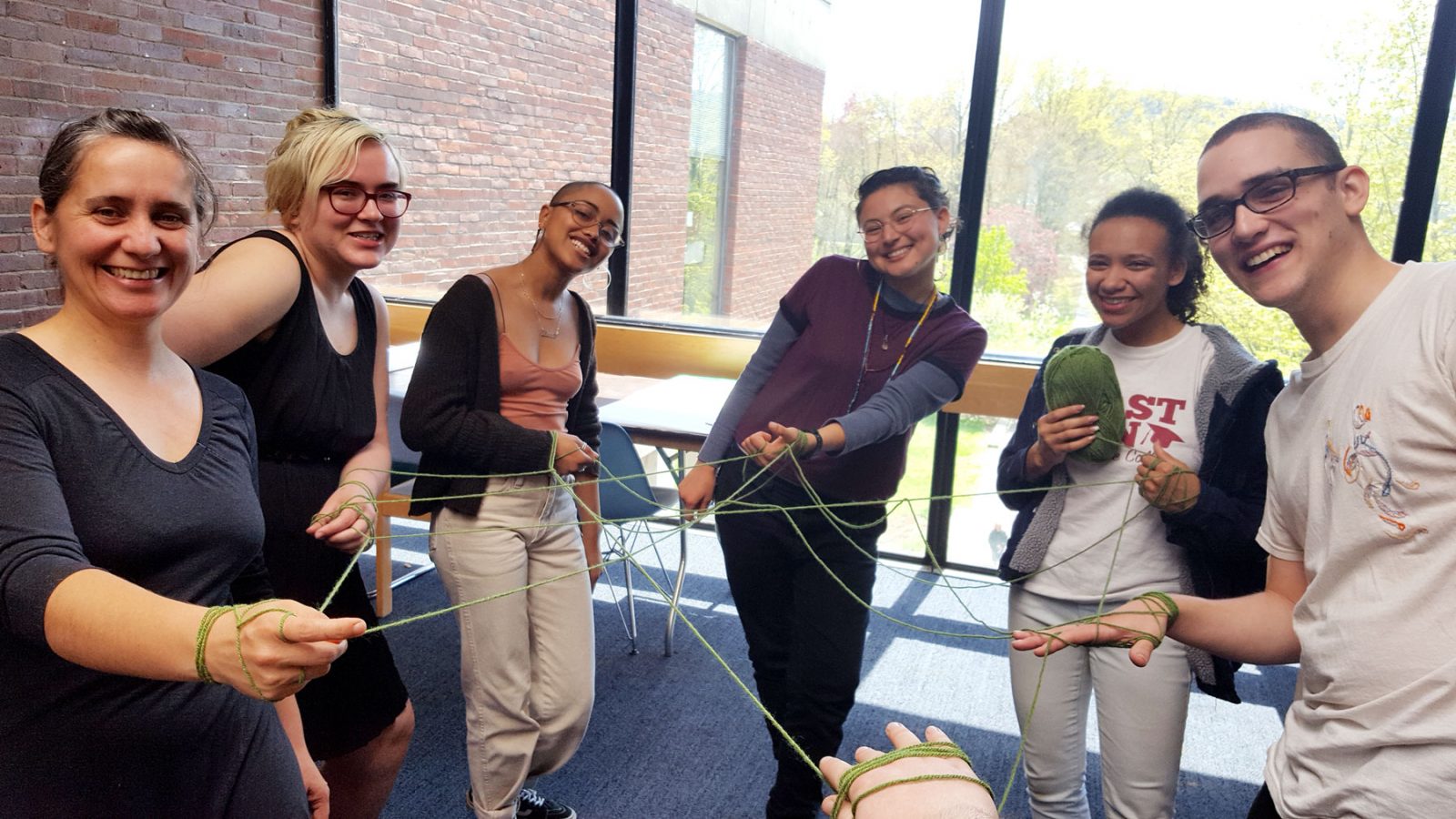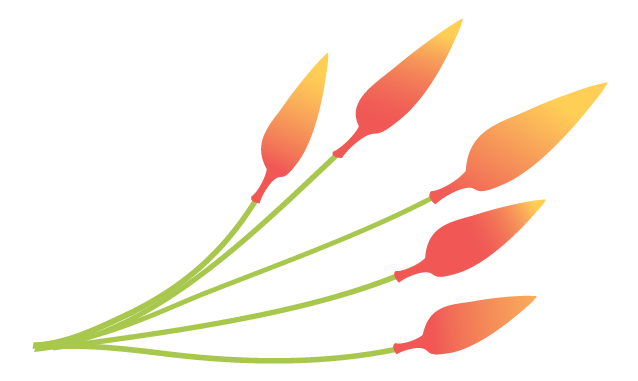The Facilitation Toolkit is a resource for facilitators, in any learning cycle, that shares the skills and practices we have used to engage group process, build shared leadership and facilitate collective learning.
The toolkit offers strategies to help you hold the center in creating supportive and transformative experiences for your community of practice.
Created after the March 2017 UACT 6-part facilitation training series sponsored by Ethics and the Common Good, contributors include: Javiera Benavente, Desta Cantave, Rose Carr, Olivia Espinoza, Luis Guevara, Kristie Herman, Alina Ortiz-Salvatierra, Jules Peterson, Kali Ransom, Adam Rejto, Emily-Rose Brown, Emma Rothman, Tony Santacruz, Maya Sungold, Justin Taft-Morales, Teal Van Dyck and Edd Yearby.








